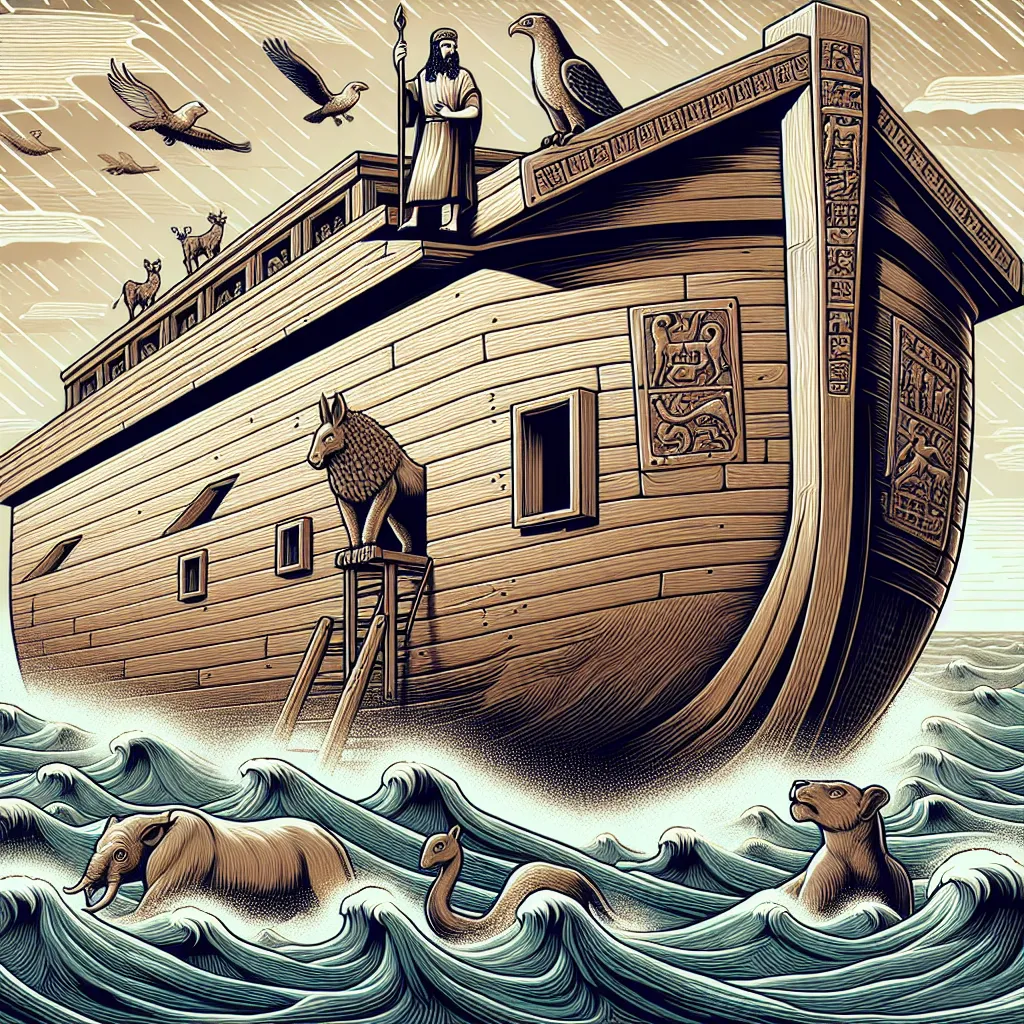Ask AI on The Internet
Question: the bible copied alot of the much older surrounding pagan myths and re spun it's own yarn . it also uses a lot of plato
The relationship between the Bible and surrounding ancient cultures is complex and multifaceted, and it is a topic that has been studied extensively by theologians, historians, and scholars. Here are a few key points to consider: 1. **Influence of Ancient Near Eastern Cultures**: - The Ancient Near East was a melting pot of cultures, and it's natural for traditions, stories, and ideas to intermingle. There are indeed similarities between some biblical stories and earlier Mesopotamian myths, such as the creation narrative and flood stories (e.g., the Epic of Gilgamesh). - These similarities can be interpreted in various ways. Some scholars suggest that the Hebrew authors adapted and reinterpreted these stories to convey their distinct theological perspectives, particularly their monotheistic worldview, which set them apart from their polytheistic neighbors. 2. **Use of Greek Philosophy**: - With regard to Greek philosophy, especially the works of Plato, there are certainly philosophical influences seen in the later texts of the Bible, particularly in the New Testament. By the time of the New Testament, Hellenistic (Greek) culture had spread widely due to the conquests of Alexander the Great. - For example, concepts like the Logos (Word) in the Gospel of John bear resemblance to philosophical ideas present in Greek thought, which could include Platonic and Stoic ideas. However, these concepts are reinterpreted within a Jewish theological framework. 3. **The Unique Contributions of Biblical Texts**: - Despite these influences, the Bible also presents unique theological and moral teachings that have had a profound impact on the development of Western religious thought. Its emphasis on monotheism, covenant relationship between God and people, and ethical monotheism are distinctive. - The Bible’s narrative arc, from creation to redemption, and the prophetic traditions emphasizing justice and righteousness offer a unique vision that has inspired countless individuals and movements throughout history. 4. **Scholarly Approaches**: - Scholars use a variety of approaches to understand these relationships, including historical-critical methods, literary analysis, and comparative studies. These methods help to illuminate the ways in which biblical authors interacted with and differentiated themselves from surrounding cultures. 5. **Theological Considerations**: - For many believers, the ultimate significance of the Bible lies in its inspiration and spiritual authority, which they see as divinely guided, regardless of its historical and cultural contexts. When studying these topics, it’s valuable to approach them with an open mind and a willingness to explore different perspectives. The interplay between cultural influences and religious innovations is a rich field that offers deep insights into the development of ancient texts and ideas.
Think your answer is better than the AI's? Post it below.
Other Most Relevant Posts:
 Ask AI: the bible copied alot of the much older surroundings pagan myths and re spun it's own yarn . it also uses a lot of plato
Ask AI: the bible copied alot of the much older surroundings pagan myths and re spun it's own yarn . it also uses a lot of plato
 Biblical Echoes: Unearthing the Hellenistic Influences of Greek Mythology and Philosophy in Scripture
Biblical Echoes: Unearthing the Hellenistic Influences of Greek Mythology and Philosophy in Scripture
 Ask AI: the bible is not divinely guided manmade and is fiction there is no archealogocal evidence of exodus
Ask AI: the bible is not divinely guided manmade and is fiction there is no archealogocal evidence of exodus
Question Tags
If you want your question answered by an AI, click here.




Post your own comment: